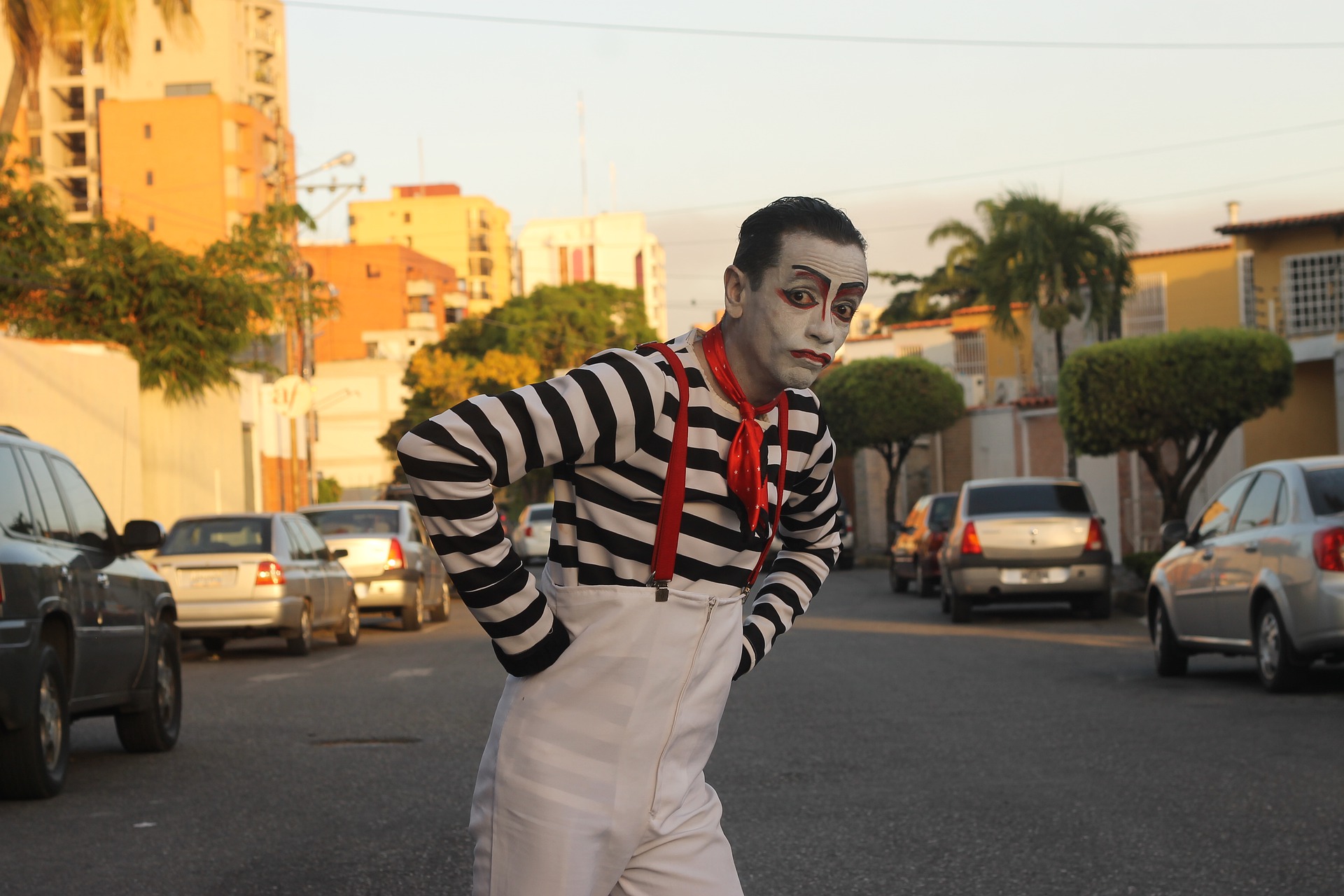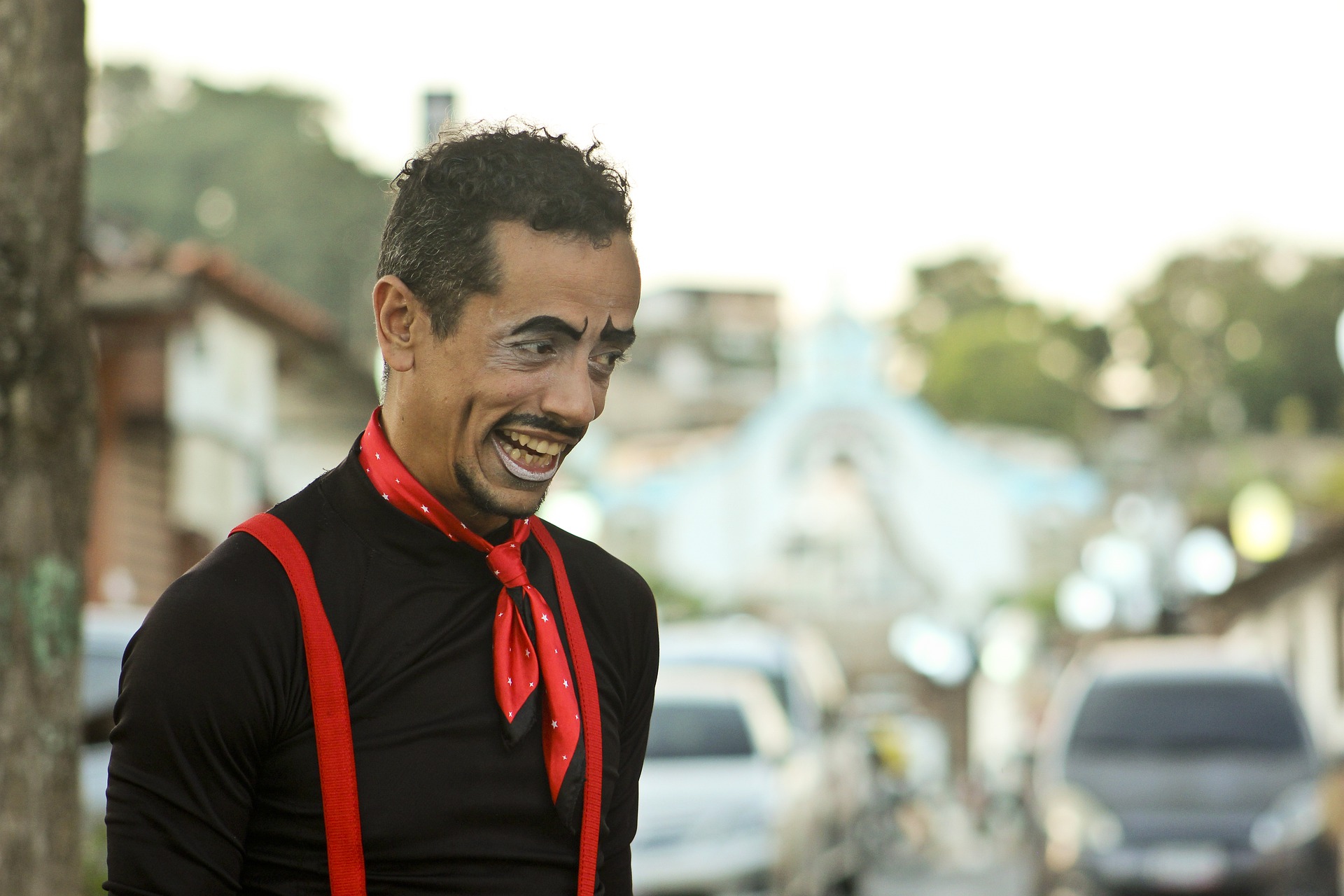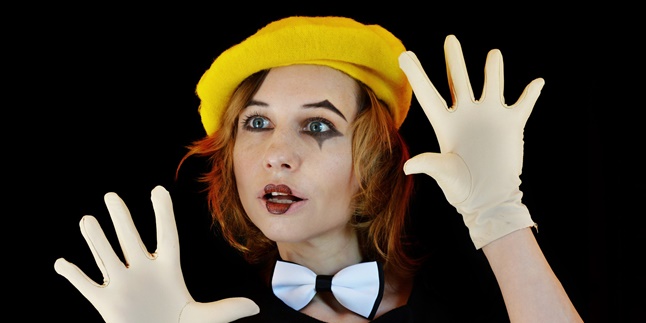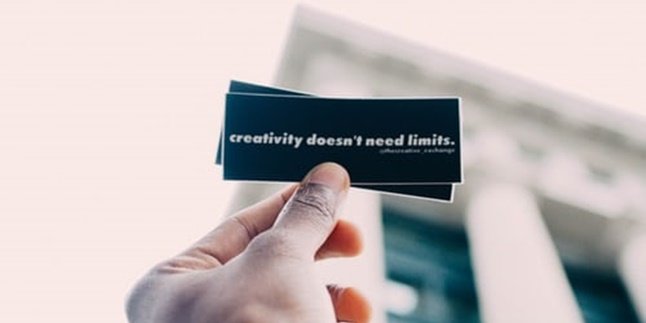Kapanlagi.com - Monologue is a monodrama usually performed by someone who speaks alone in front of an audience. In everyday life, you may often find it in a theater performance. Monologue can also be found in a comedian's performance when doing stand up comedy.
A news presenter delivering news can also be called a monologue, often they present the show with expressions appropriate to the topic being discussed. With that, it can be said that monologue is something that is actually done a lot in everyday life.
However, for those of you who want to master the art or technique of speaking in front of an audience, monologue is something that must be mastered. As an effort to gain initial understanding, you can refer to the information about monologue gathered from various sources below.
1. The Definition of Monologue

Illustration (Credit: Pixabay)
Based on the general definition, a monologue is talking to oneself. According to the Kamus Besar Bahasa Indonesia (KBBI) dictionary, a monologue is a conversation carried out with oneself, a solo act that presents a conversation by oneself. In practice, monologues are often used in storytelling, stand-up comedy, and theater performances.
According to Suroso in the book Drama: Theory and Practice of Performance, a monologue is speaking to oneself, telling a story about an event or situation experienced by a character. In scientific terms, monologue comes from the word mono which means one and log from the word logi which means science. Therefore, a monologue can be interpreted as applied science that teaches the art of acting for a single actor performing their own scene.
A monologue actor needs to train their skills in producing beautiful speech (figurative language) so that they can speak fluently about the events that occur. As a form of exercise, Suroso offers a method of speaking imaginatively about the events experienced.
An actor can monologue by admiring the objects around them, events they have experienced or witnessed with feelings of annoyance, anger, and so on. This way, an actor will be accustomed to playing a role according to the script.
To better understand and distinguish monologues from other techniques, you need to know their characteristics. Some characteristics of monologue are:
-Contains a combination of a text that originates from someone's opinion. It can be guided by a script from the beginning, or it can also be unplanned.
-Serves as a medium to convey a narrative containing messages for the community with a specific theme.
-Can be a script used as a guide in an event to create a more organized performance.
-Contains consistent elaboration and connects them into a message that can be understood.
2. Types of Monologue

Illustration (Credit: Pixabay)
In addition to the definition, you also need to know the types of monologue. The types of monologue are as follows:
1. Topical Monologue
Topical monologue is one of the frequently performed types. Stand-up comedy can be taken as an example. A comedian will tell a story about an event that is usually experienced by many people, adding humorous elements.
Stand-up comedy is just one example, which means that topical monologue doesn't always have to be funny. It depends on the topic and your purpose in doing it.
3. Storytelling
As the name suggests, storytelling monologue focuses more on narrative stories. The narrator serves as a storyteller who reveals and develops events by following the changes in the expressions being told. If you perform this type of monologue, you as the narrator can imitate the character of the person being told.
4. Character Biography Monologue
A character biography monologue allows for the portrayal of more than one character. Even though speaking alone, there are many dialogues and characters that need to be portrayed by the actor. An actor named Chaz Palminteri even played 35 character roles at once in a script called A Bronx Tale.
Therefore, it is important for an actor to train themselves even if they will perform a monologue because such skills are still needed even if they are alone on stage.
5. Reality Document
This type of monologue is performed based on a script written from a real-life story. What the actor says corresponds to the expressions of the person involved in that real-life incident.
6. Biographical Narrative
A biographical narrative monologue is a type of monologue that emphasizes the actor's ability to retell past events. They will stand as the main narrator who describes the story freely. In performing this type of monologue, you should not highlight other character's traits.
3. The History of Monologue

Illustration (Credit: Pixabay)
As mentioned above, a monologue is a conversation or dialogue carried out by oneself. A monologue can be a complete performance on its own or can be part of an actual drama performance involving multiple actors. In theater performances, there are sometimes monologues performed by one actor in a scene before continuing with a dialogue with other actors.
Initially, monologues were used as a training method for actors to practice delivering long dialogues in a script. The attraction of an actor in a long dialogue can be considered as the beginning of the emergence of monologue scripts.
However, monologues in the form of movement or pantomime have been introduced since long ago. In 1914, Charlie Chaplin began writing and directing his films. Those films were known as silent films because they were shown without sound. At that time, sound technology was not yet known.
One of the pantomime legends at that time was Charlie Chaplin. After that, monologues were first introduced in Hollywood around 1964. Monologues continue to evolve as a means of art and theater. Now, monologues have become one of the theories/learning from the art of theater.
Well, that's an explanation about the understanding, types, and history of monologues. Now, the notion that monologues are a speaking technique has been widely practiced in various performances, stand-up comedy, and even speeches. Mastering the technique in that matter can make the performance more interesting.
(kpl/ans)
Disclaimer: This translation from Bahasa Indonesia to English has been generated by Artificial Intelligence.















